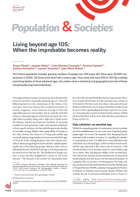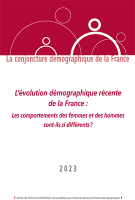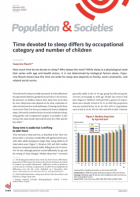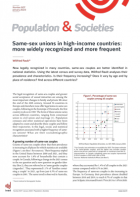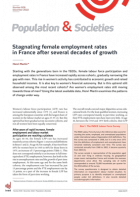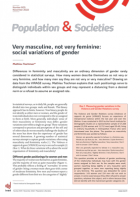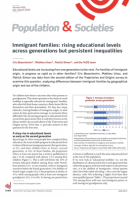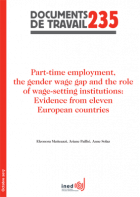
Part-time employment, the gender wage gap and the role of wage-setting institutions
Collection : Documents de travail
n° 235, 2017, 38 pages
This article examines the extent to which the overrepresentation of women in part-time jobs can explain the gender gap in hourly earnings in eleven European countries. It also investigates the extent to which some wage-setting institutions are correlated with the overall gender wage gap and the female part-time wage gap. Using EU-SILC 2009 data, a double decomposition of the gender wage gap is implemented: between men and women employed full-time and between full-time and part-time working women. Results show that the wage penalty of women employed part-time occurs mainly through vertical (and horizontal) segregation of part-time jobs. The gender pay gap between full-time workers remains mostly unexplained. At the macro level, the gender wage gap tends to be higher in countries where part-time employment is more widespread. Further, wage-setting institutions seem to reduce the female full-time/part-time pay gap and the gender gap among full-time workers through a compression of male unexplained wage premium.



